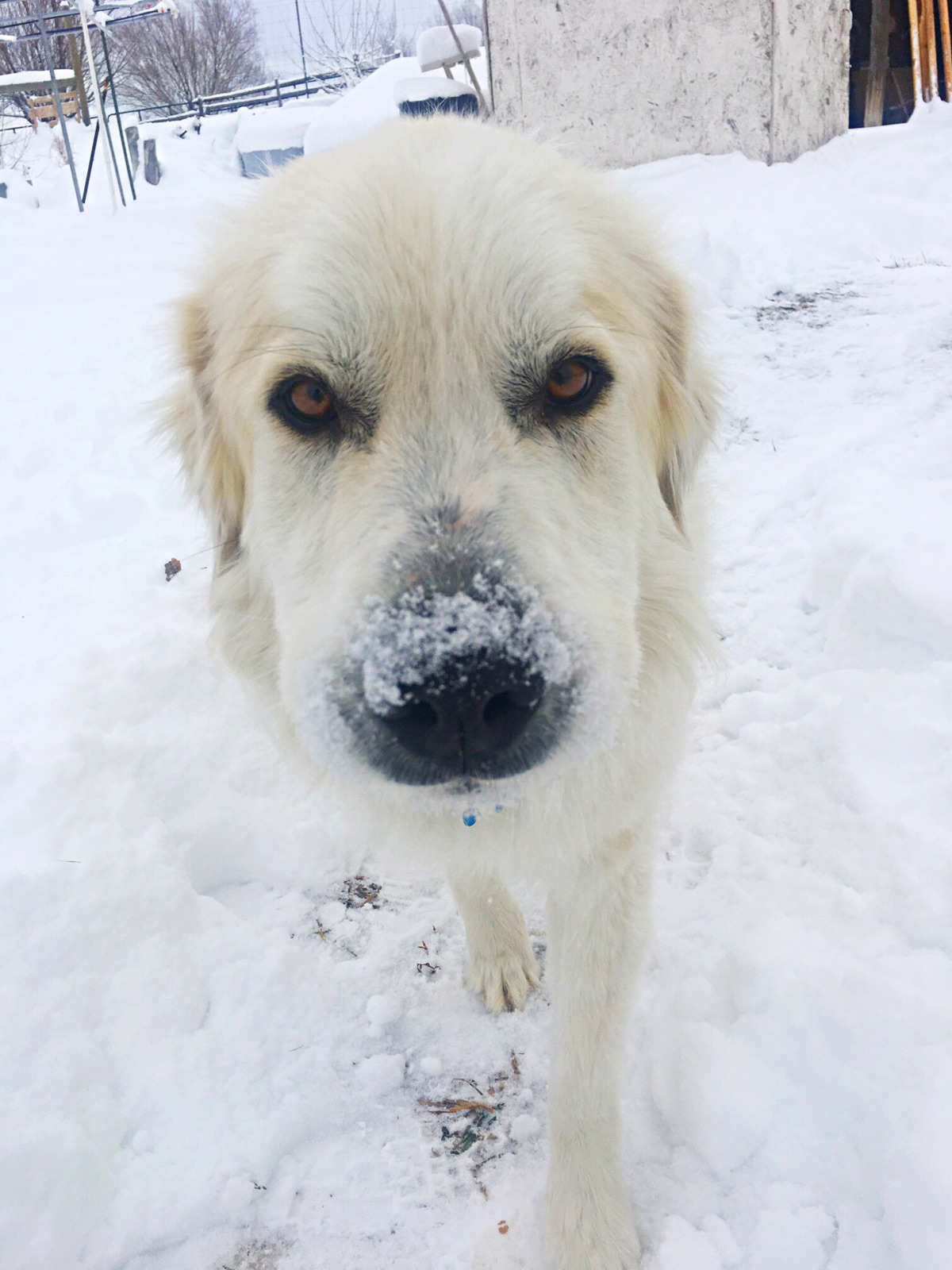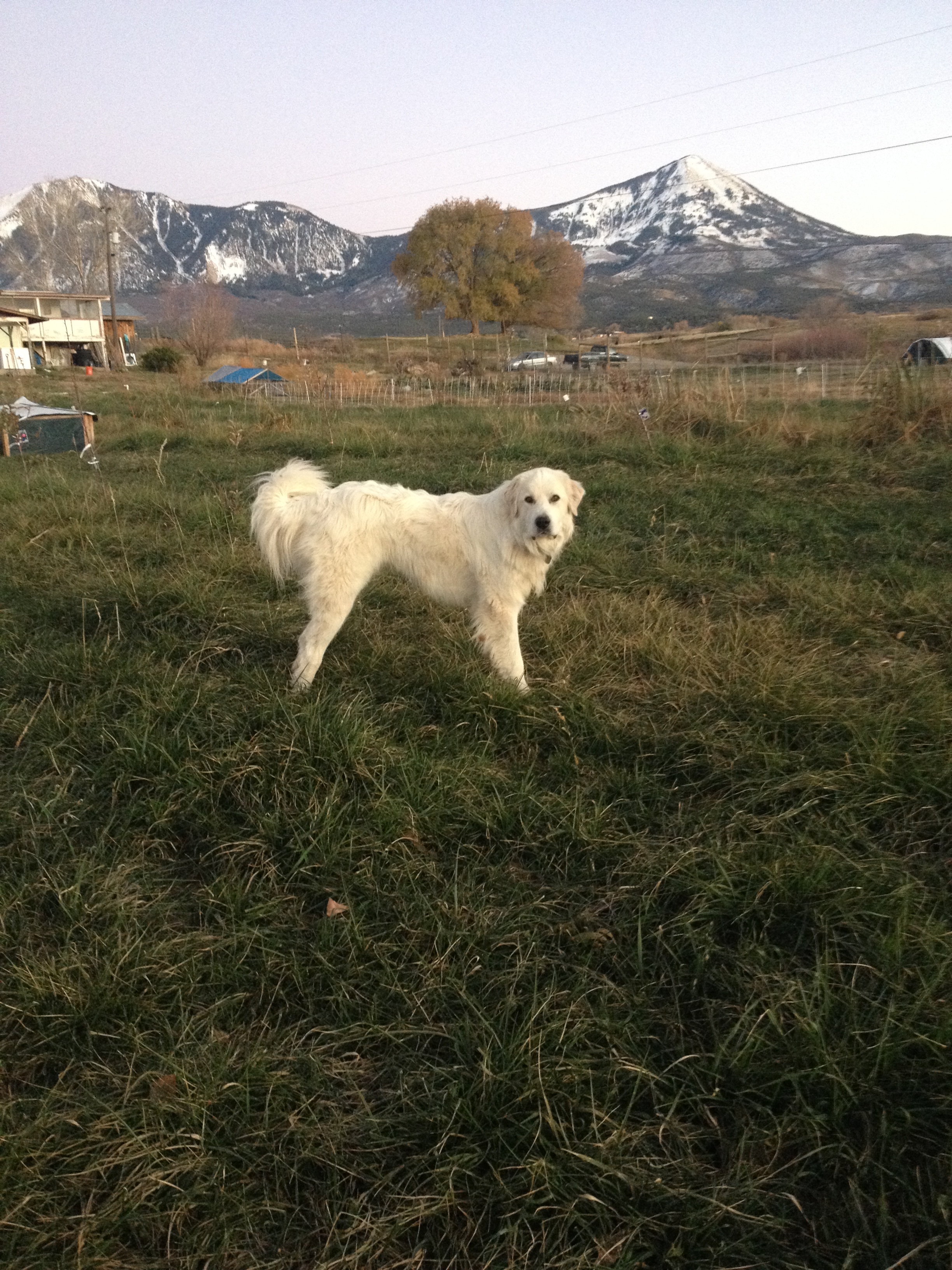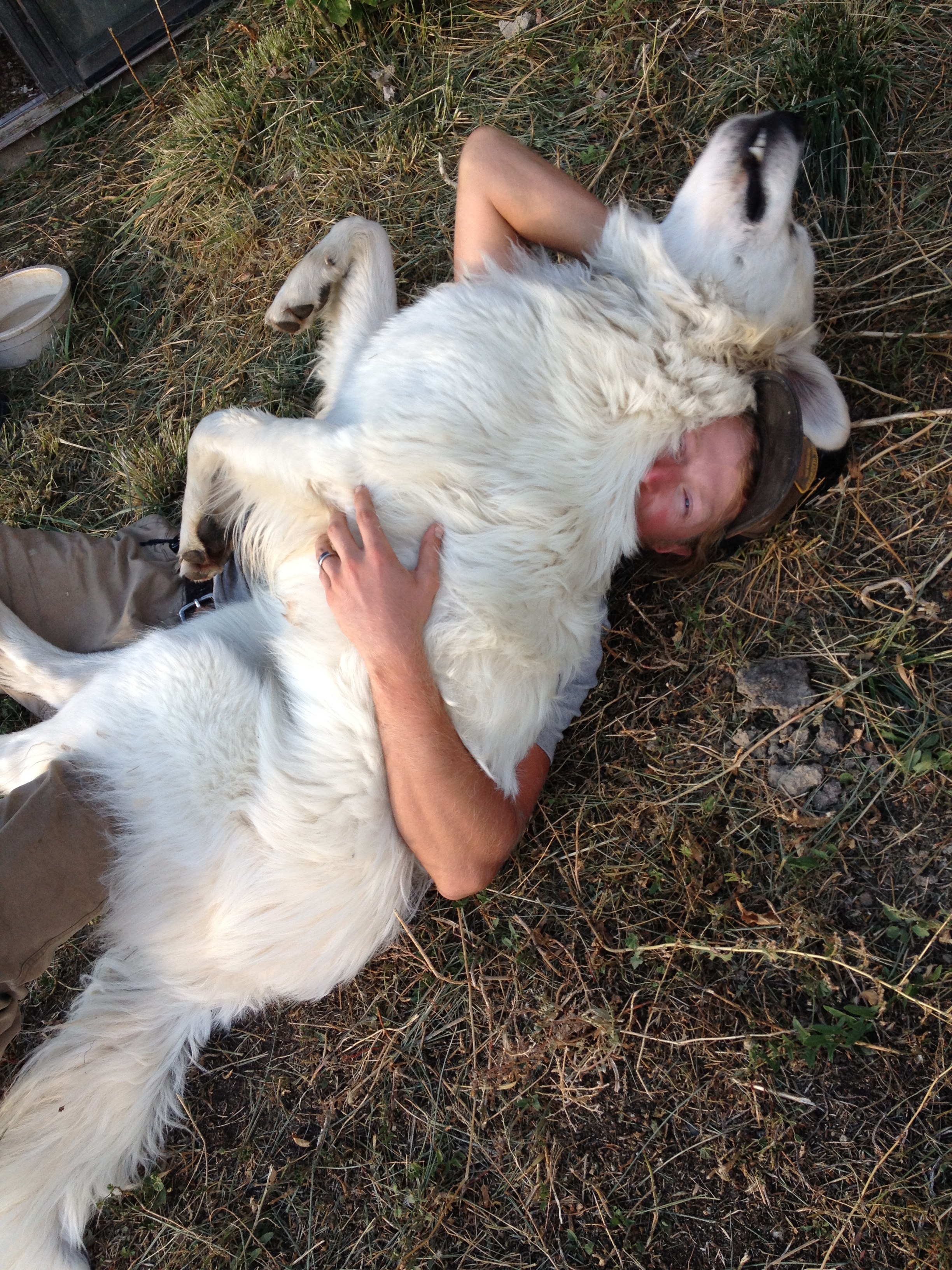Winter has come upon us, and with it snow, rain, an awkward array of both, and time. Time for rest, recuperation, and maybe most importantly: reflection. Sure the goats need feeding, and the wood needs splitting, but the time for computer and calendar work is at hand. Some may find it a tedious chore, but I personally find it one of the most exciting and rewarding times of the year. The other seasons seem to whiz past at exponential speed. Spring brings sunshine, warmth, and workable conditions; Summer proves even busier with irrigation, harvesting, and the constant search for shade; Fall seems to slip by the swiftest due to its demand of hasty harvest and winter prep. We enter the last leg of the race with one opponent in mind: Winter. But when the frost and frozen ground and snow finally win, and they do always win, it is time to admit defeat, hope there's enough wood in the shed, and reflect. That is what I'm here to do today. I want to share all the things that transpired this year, both accomplishments and failures. Being a numbers guy, I'd like to start off with a few totals for 2016.
As many of you may know, this was our first year raising goats.With it came a bounty of smaller goats, many a gallon of milk, as well as pounds of cheese. To be exact though, we had 11 kids from 5 does, 9 of them being doelings. We brought in 483 gallons of milk, and made 242 pounds of cheese with it! Not too shabby if I must say so myself.
On the poultry side, we dressed out 517 of our own broilers(which were sold out by December). That's over one ton of meat! Along with that, we harvested 52 pounds of raspberries, 56 pounds of asparagus, and 155 pounds of strawberries. We do average more on strawberries, but we replanted all of our towers, so I was impressed to break 150 on first year plants.
That about wraps up last year, but now it's time for the big question: what's new this year? For one, we need more chicken. We are planning on doubling production of poultry this year, bringing us up to a whopping 1000 birds. Can we do it? We sure will try.The raspberries will come up with even more vigor this year, being their third year, and the blackberry canes I planted last year should also provide us with a decent amount of berries(enough for a few batches of jam at least). We will be milking 6-7 goats this year rather than last year's 5, which means more milk and cheese. With it, hopefully a new weekly cheese will find its way into the rotation. I am also hoping to reseed our small pasture this winter in hopes to create some diversity out there. The grass really loves the goat and chicken manure, but the only varieties left are orchard grass and fescue which have just taken over, so some reintroduction of a few more varieties will help balance things out and give the goats some new flavor to their summertime snack.
With that I have to tend to the fire and go feed the animals. Stay tuned for our next post.
Stay warm!








 pet, but how important it is for dogs of certain breeds to truly have purpose. Our farm feels complete since the arrival of Chewy. We have only lost one chicken to a predator that was scared away before they could haul the bird away. He is always happy to see us, he is respectful of boundaries and people are able to come and go on our property without having to worry about a large dog being aggressive towards them. I always wanted a Pyrenees, but really we just needed a Chewy.
pet, but how important it is for dogs of certain breeds to truly have purpose. Our farm feels complete since the arrival of Chewy. We have only lost one chicken to a predator that was scared away before they could haul the bird away. He is always happy to see us, he is respectful of boundaries and people are able to come and go on our property without having to worry about a large dog being aggressive towards them. I always wanted a Pyrenees, but really we just needed a Chewy.